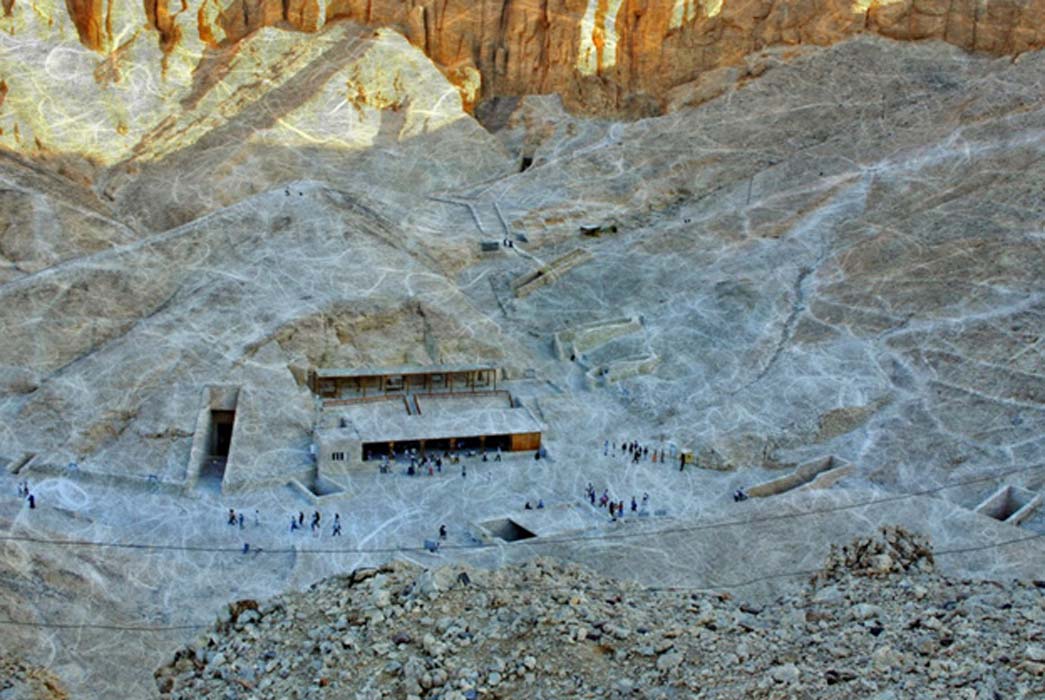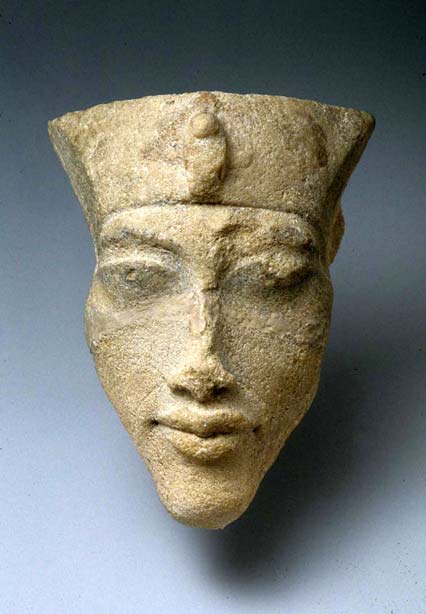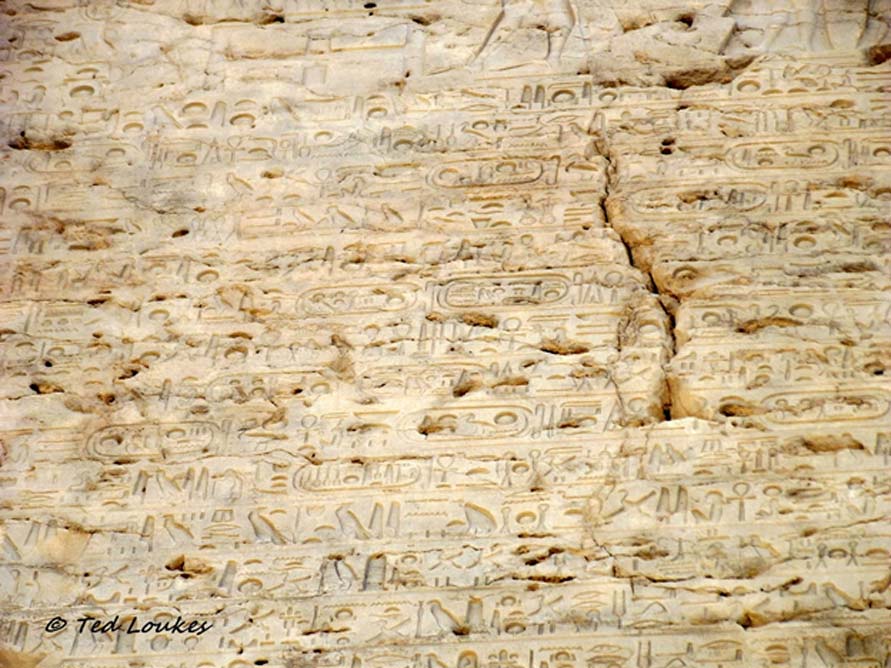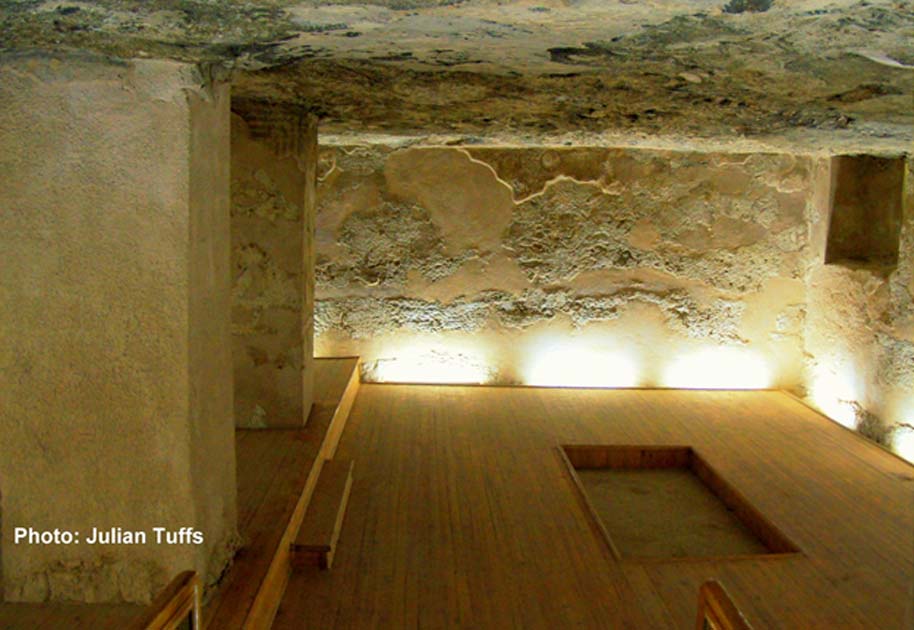
Pharaohs and Flash Floods: Was Tutankhamun’s Tomb Saved by an Act of Nature?
The death of Pharaoh Akhenaten in Regnal Year 17 was a powerful body-blow to the promotion of his fledgling religion, Atenism. Evacuated from their original communal crypt at Amarna, the royal dead were ferried down river to be buried in the traditional necropolis at Thebes—based on arrangements made by the last scion of the Sun family, Tutankhamun. Key members were accommodated in tombs in and around the central Valley of the Kings; such as in Tomb 55. However, the greatest Egyptological surprise was the discovery in 1922 of the near-intact tomb of the boy-king himself. Speculation is rife about how and why his sepulcher survived, when almost all royal tombs were stripped off their treasures. According to some scholars, it was not the benevolence of Tutankhamun’s successors, but the forces of Nature that played a crucial role in hiding tomb KV62 for millennia.

A sandstone head of King Akhenaten found in Tell el-Amarna at the Sculptors' workshops during the Petrie/Carter excavations, 1891–92. Metropolitan Museum of Art, New York.
Journey to Amarna and Back
Akhetaten, the new capital established by Neferkheperure-waenre Akhenaten in Middle Egypt, was situated on the open valley of the plain at modern Tell el-Amarna. With the grand river Nile on one side and towering cliffs on the other, the city did not need artificial fortification. Guarded heavily and easily protected, no one without a purpose for entry was entertained. It was in this environment that Nebkheperure Tutankhaten Hekaiunushema was born, probably in the North Palace. The boy-king who went on to rule Egypt in the latter half of the Eighteenth Dynasty witnessed tectonic shifts – at both religious and political levels – during his brief stay of no more than three to four years at Akhetaten, after which the court headed back to either Thebes or Memphis.

A close-up of one of the sixteen Boundary Stelae that Akhenaten erected to demarcate the limits of the sacred territory of Akhetaten. Foundation Decree “Stela U” reveals the king’s reasons for shifting the capital, his intensions to be buried in a crypt in the cliffs there; and his extraordinary love for the Aten. Tell el-Amarna.
When the curtains finally came down on the Amarna interlude, it was not merely the living, but the royal dead too, that made the journey back to familiar ground. All of this had to do with the very first set of decrees, issued by Akhenaten in Regnal year 5, that were carved onto enormous Boundary Stelae that marked the foundation of Akhetaten. In these texts, the king speaks in the first person making his post mortem plans implicitly clear to his subjects: ‘Let a tomb be made for me in the eastern mountain [of Akhetaten]. Let my burial be made in it, in the millions of jubilees which the Aten, my father, decreed for me. Let the burial for the Great King’s Wife Nefertiti be made in it, in the millions of years [which the Aten, my father, decreed for her. Let the burial of] the King’s Daughter, Meritaten, [be made] in it, in these millions of years.’

The principal burial chamber and pillared hall of the communal Royal Tomb (TA26) that once housed the remains of King Akhenaten and his mother, Queen Tiye. The only other royal who seems to have been buried here was Princess Meketaten, Akhenaten and Nefertiti’s second daughter. Tell el-Amarna.
Towards this end, the pharaoh constructed a massive communal Royal Tomb (TA26) in a remote wadi of the eastern desert cliffs at Akhetaten, in which he intended to house the bodies of his immediate family. This splendid sepulcher was discovered by locals between 1887 to 1888 and had been known to travelers earlier. Italian Egyptologist Alessandro Barsanti and others of the Antiquities Service, subsequently explored the tomb. However, matters turned out quite differently from what Akhenaten had planned; because none of the royal family remained long in their burials. Evidence in the form of broken funerary goods suggests that only his second daughter, Princess Meketaten; his mother Queen Tiye – both of whom predeceased the King – and he himself were ultimately laid to rest in TA26. There is no indication that the Great Royal Wife Nefertiti, whose burial suite of quasi-royal design remained undecorated, was interred in this crypt.




